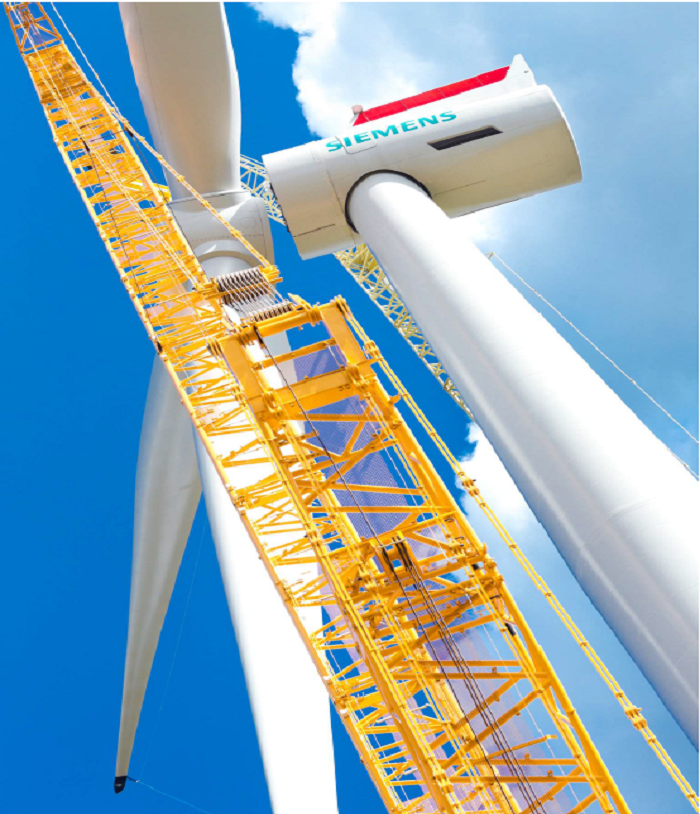
SupraGenSys - Design, Optimization and Evaluation of Energy-Efficient, Superconducting Generator Systems
- Contact: Prof. Dr.-Ing. Martin Doppelbauer
- Project Group:
Hybrid Electrical Vehicles
Power Electronic Systems
- Funding:
Federal Ministry for Economic Affairs and Climate Action (BMWK)
(funding code: 03EE3010E)
Total project funding: ~ 2,5 mio €
- Partner:
KIT – Institute of Technichal Physiks
Fraunhofer IEE
Siemens AG
Krämer Energietechnik GmbH & CO. KG
- Startdate:
01.12.2019
- Enddate:
30.11.2021
Objectives and Results
Within the scope of this project, the feasibility of synchronous generators with superconducting stator winding will be investigated. The properties of superconducting materials and the cryostatic properties are included in the dimensioning methodology in order to develop tools that allow the design, optimization and evaluation of important properties for example losses, weight, construction volume or superconductor requirements. Important scientific goals are the description of the electromagnetic behavior of the superconducting windings in stationary operation and in the event of an error as well as the linking of this behavior with the requirements for wind power generators.
In this project, the concept and application of a completely superconducting wind power generator should be described in detail and important components, such as the superconducting AC coil will be tested experimentally for their functionality. Furthermore, power semiconductors and passive components are to be investigated in the project regarding their changing properties during operation at low temperatures.
Contents and Approach
Studies on the electromagnetic properties of cold windings and cold laminated cores are carried out initially. Concepts for mechanical power transmission and the transition from cold to warm components are also being developed. Investigations are carried out regarding the effect of the superconducting stator on the generator-side converter of the wind energy installation and a conceptual design using FEM calculations is conducted with focus on strength and stiffness, as well as on the vibration behavior. An analysis of the thermal conditions using analytical and numerical CFD methods follows.
In cooperation with the Fraunhofer IEE, a conceptual design of converters and their grid connection is developed. Additionally, pre-examinations in the field of power semiconductors and converters are carried out.
